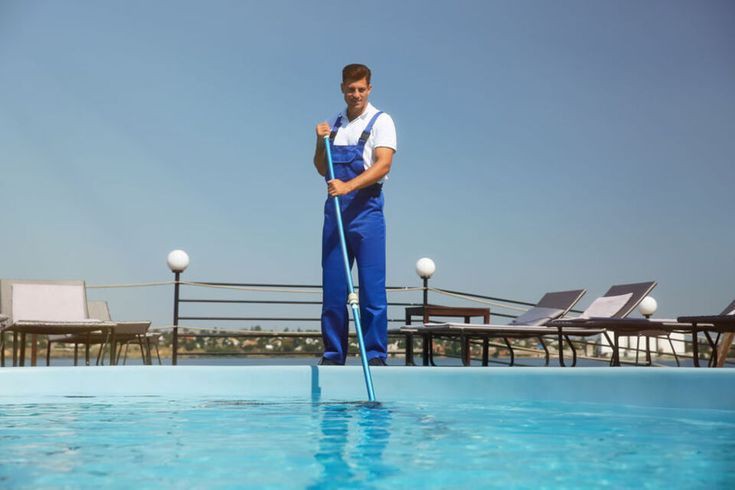Pool lighting adds a beautiful and functional element to any swimming pool, creating an inviting atmosphere for nighttime swimming and enhancing the overall aesthetic appeal. However, pool lighting issues can arise, requiring prompt attention to ensure safety and functionality. If you’re facing pool lighting problems in Tampa, understanding the steps to fix them safely is paramount for your pool’s longevity and its users’ safety. This guide will help you navigate the pool repair process, focusing on addressing lighting issues effectively and safely.
The first step in addressing pool lighting issues is identifying the root cause of the problem. Common issues include faulty wiring, burned-out bulbs, water ingress, and issues with the pool’s electrical system. To begin, turn off all power to the pool area to prevent any risk of electric shock. Once the power is off, inspect the lighting fixtures for visible signs of damage, such as cracks, corrosion, or water inside the fixture. If the problem is not immediately apparent, further investigation into the electrical connections may be necessary.
Safety should always be the top priority when dealing with pool lighting repairs. Ensure the pool area is completely dry and water-free to avoid accidental slips or falls. Use insulated tools and wear rubber-soled shoes to minimize the risk of electrical shock. Working with a partner who can assist in an emergency is also advisable. Contact a professional pool repair company if you need clarification on any repair aspect.
If the issue is a burned-out bulb, replacing it is a relatively straightforward task. Start by removing the light fixture from the pool wall. Most pool lights are secured with a single screw, which can be removed with a screwdriver. Once the screw is removed, gently pull the fixture out of the niche and place it on the pool deck. Open the fixture to access the bulb, and be careful not to damage any seals or gaskets. Replace the old bulb with a new one of the same type and wattage, ensuring it is seated correctly. Before reassembling the fixture, check the condition of the gasket and replace it if necessary to provide a watertight seal.
Water ingress is a common problem in pool lighting and can lead to more serious electrical issues if not addressed promptly. If you notice water inside the light fixture, it’s crucial to identify and fix the source of the leak. This often involves replacing the gasket or O-ring that seals the fixture. Remove the fixture from the pool wall and carefully open it. Inspect the gasket for any signs of wear or damage and replace it with a new one if necessary. Clean the sealing surfaces thoroughly before reassembling the fixture to ensure a proper seal. Once the fixture is reassembled, test it by submerging it in water and checking for leaks before reinstalling it in the pool.
Faulty wiring is another common cause of pool lighting problems. If you suspect wiring issues, it’s best to consult with a professional pool repair service to avoid any potential hazards. However, if you are comfortable working with electrical systems, inspect the wiring yourself. Start by turning off all power to the pool area and opening the junction box that houses the pool light connections. Check for any loose or corroded wires and repair or replace them as necessary. Ensure all connections are secure and properly insulated to prevent any future issues. Test the lighting system once the wiring is repaired to ensure everything functions correctly.
After addressing the pool lighting issue, it’s important to perform thorough testing to ensure everything works properly. Turn on the power and test the lights to ensure they function as expected. Check for any signs of water ingress, flickering, or other issues that may indicate further problems. If everything appears in order, carefully reinstall the light fixture in the pool wall, ensuring it is securely fastened and properly sealed.
In conclusion, fixing pool lighting issues requires a methodical approach and a focus on safety. Following these steps and taking the necessary precautions can address the most common pool lighting problems and ensure your pool remains a safe and enjoyable space for nighttime swimming. If you’re ever in doubt, remember that professional pool repair services in Tampa are always available to help with more complex issues.
Keep an eye for more news & updates on Times Analysis!



